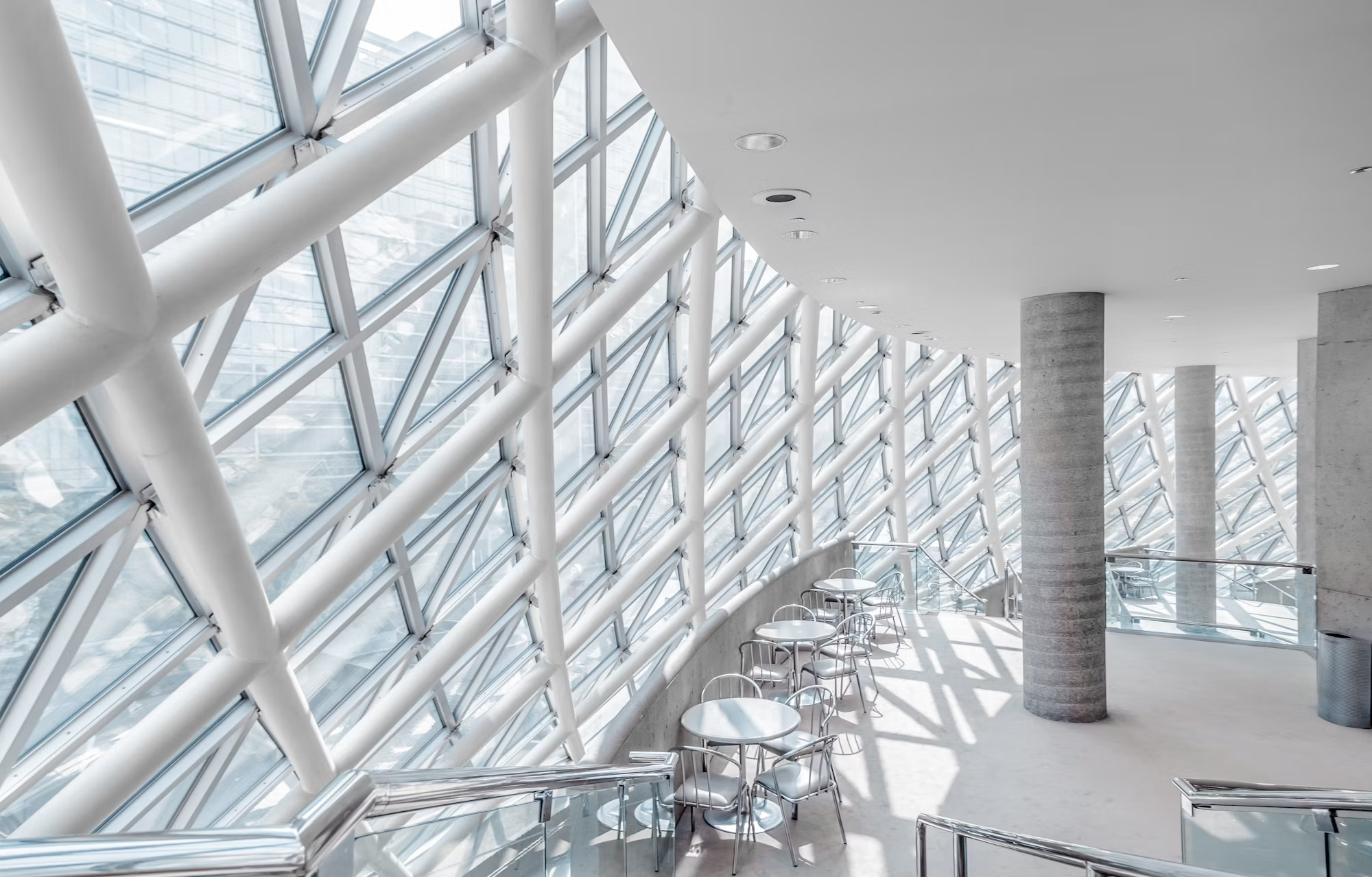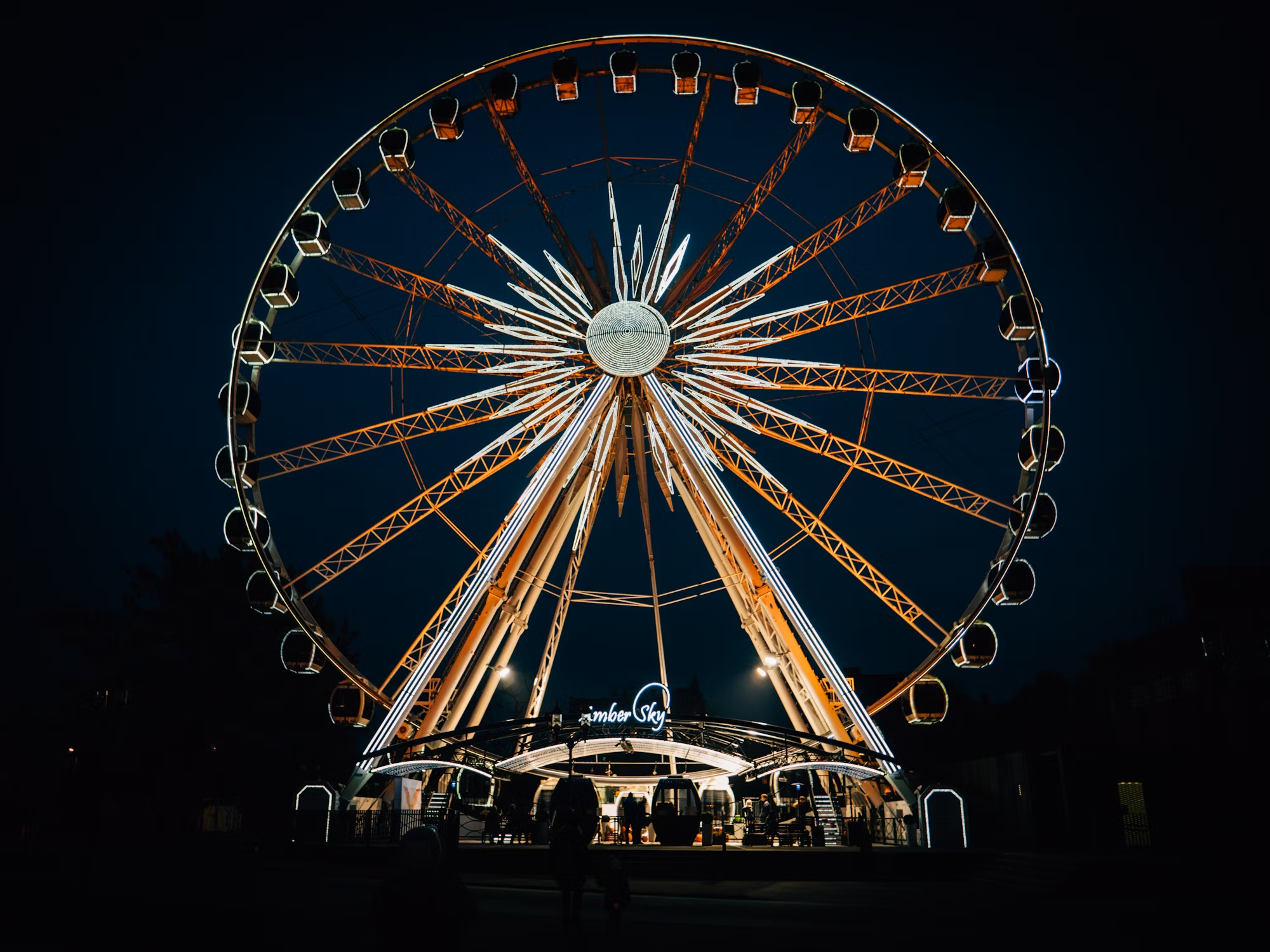Museums have long been regarded as treasure troves of knowledge, culture, and history. They are not just places to observe artifacts; they serve as dynamic spaces that foster learning, spark curiosity, and inspire creativity. With a myriad of types of museums available, each offers unique insights into different aspects of human experience and the natural world. This article delves into several types of museums, highlighting their significance and the enriching experiences they provide to visitors of all ages.
Art museums, for instance, are among the most celebrated types of museums, housing collections that showcase the brilliance of human creativity across various mediums and eras. Renowned institutions like The Louvre in Paris and The Metropolitan Museum of Art in New York City boast impressive collections that include masterpieces from the Renaissance, Impressionism, and contemporary art. Visitors can explore the emotional depth and cultural contexts of artworks, discovering the stories behind each piece and the artists who created them.
The experience of wandering through the halls of an art museum is transformative; it invites introspection and encourages dialogue about aesthetic values and historical perspectives. Special exhibitions often feature contemporary artists or specific themes, allowing museums to remain relevant and connected to current cultural conversations. Engaging educational programs, such as guided tours and workshops, enhance the visitor experience, promoting a deeper understanding and appreciation of the arts.
In contrast, natural history museums offer a fascinating glimpse into the Earth’s history and the diversity of life it harbors. Institutions like The American Museum of Natural History and the Natural History Museum in London provide expansive exhibits on topics ranging from paleontology and geology to anthropology and zoology. Visitors can marvel at dinosaur skeletons, explore the depths of the ocean, and learn about the intricate ecosystems that exist on our planet.
These museums serve as vital educational resources, emphasizing the importance of environmental stewardship and scientific inquiry. Interactive displays and immersive environments allow visitors to engage with the content in meaningful ways, fostering a sense of wonder and respect for the natural world. By highlighting the interconnectedness of life and the challenges faced by our planet, natural history museums inspire visitors to become advocates for conservation and sustainability.
Another compelling category is science museums, which aim to make complex scientific concepts accessible and enjoyable for all. Places like the Exploratorium in San Francisco and the Science Museum in London offer interactive exhibits that encourage hands-on experimentation and discovery. From physics to biology and everything in between, these museums provide a platform for learning that caters to various interests and age groups.
Visitors can participate in live demonstrations, engage in experiments, and explore thought-provoking installations that challenge their understanding of science. By making learning fun and engaging, science museums play a crucial role in fostering a passion for STEM fields among young people. Educational outreach programs further extend their impact, bringing science to schools and communities that might otherwise lack access to such resources.
History museums preserve and present our collective past, enabling visitors to understand the events, cultures, and individuals that have shaped our world. Notable institutions like The British Museum and The National Museum of American History house invaluable artifacts, documents, and exhibits that illuminate significant historical narratives. These museums provide context for our shared heritage, helping visitors connect with the past in meaningful ways.
Walking through a history museum often feels like stepping back in time. Visitors can engage with artifacts that tell stories of human achievement, struggle, and resilience. Special exhibitions focused on specific periods or themes allow museums to highlight underrepresented narratives, encouraging a more comprehensive understanding of history. Educational programs, such as lectures, workshops, and guided tours, enhance the learning experience, making history relevant and accessible.
Technology museums celebrate the innovations that have transformed society, showcasing the evolution of inventions and ideas that have reshaped our lives. Institutions like The Computer History Museum and The Museum of Science and Industry provide fascinating insights into the technological advancements that drive our world today. From early computing devices to modern robotics, these museums highlight the ingenuity and creativity that have propelled human progress.
Interactive displays and exhibits allow visitors to engage with technology in a hands-on manner, encouraging exploration and understanding. By emphasizing the role of technology in everyday life, these museums inspire future generations to consider careers in engineering, computer science, and related fields. Workshops and special events often bring the community together to explore the possibilities of innovation and creativity.
Specialty museums cater to niche interests and offer unique perspectives on various cultural themes. From the National Museum of American Music to the International Museum of Surgical Science, these institutions provide tailored experiences for enthusiasts and curious visitors alike. Each specialty museum showcases the richness of human experience, allowing visitors to delve deeper into their passions and interests.
Children’s museums are designed with young learners in mind, creating interactive spaces where play and education go hand in hand. Institutions like the Boston Children’s Museum and The Children’s Museum of Indianapolis provide hands-on exhibits that encourage exploration and creativity. These museums foster a sense of curiosity, allowing children to learn through play and hands-on experiences.
By offering programs and activities that engage children’s imaginations, children’s museums create a nurturing environment for learning. Workshops, storytelling sessions, and collaborative projects encourage social skills and teamwork, helping children develop a love for discovery that will last a lifetime.
In recent years, virtual museums have emerged as a groundbreaking way to make cultural experiences accessible to a global audience. Digital platforms provide virtual tours, online exhibits, and educational resources, allowing people from all walks of life to explore museum collections from the comfort of their homes. Institutions like The British Museum and the Louvre have embraced technology to create immersive online experiences that showcase their treasures.
This shift toward digital engagement breaks down geographical barriers, making it possible for anyone to access cultural education and enrichment. Virtual museums have proven especially valuable during times when physical access to spaces may be limited, ensuring that learning and discovery can continue regardless of circumstance.
Ethnic and cultural museums play a crucial role in celebrating diversity and promoting understanding among different communities. These institutions highlight the rich traditions, art, and heritage of specific ethnic groups, providing a platform for dialogue and cultural exchange. By showcasing the contributions of various communities to society, ethnic and cultural museums foster appreciation for diversity and the complexities of human experience.
Through exhibitions and programs that celebrate cultural heritage, these museums promote inclusivity and respect. They encourage visitors to engage with different perspectives and stories, enriching the communal narrative and strengthening societal bonds.
Living museums offer immersive experiences that allow visitors to step into historical settings and engage with reenactors who bring the past to life. Institutions like Colonial Williamsburg and the Old World Wisconsin provide authentic glimpses into daily life in earlier eras. Visitors can participate in traditional crafts, explore period-specific architecture, and witness historical reenactments that create a dynamic learning environment.
These living museums create powerful connections to history, allowing visitors to reflect on how past practices and cultural traditions inform contemporary society. By engaging with history in such an interactive manner, visitors gain a deeper appreciation for the evolution of cultural practices and values.
In conclusion, museums serve as vital institutions that enrich our lives and broaden our perspectives. They act as gateways to knowledge, culture, and understanding, inviting us to explore the past, engage with the present, and envision the future. Whether through art, science, history, or cultural expression, each type of museum offers unique experiences that inspire curiosity and foster learning. As we navigate an increasingly complex world, museums remain steadfast in their mission to preserve our shared heritage while empowering individuals to explore, discover, and innovate.





